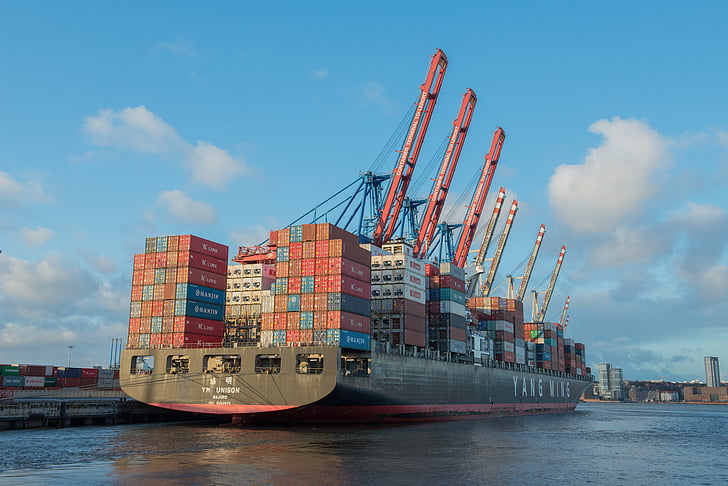
President Donald Trump’s sweeping new tariffs on countries around the world have come into effect, escalating his trade war. “IT’S MIDNIGHT!!! BILLIONS OF DOLLARS IN TARIFFS ARE NOW FLOWING INTO THE UNITED STATES OF AMERICA!,” Trump posted on social media just minutes before the midnight deadline in Washington, D.C. The new import taxes follow a revised list announced by the Trump administration last week, which had given dozens of trading partners until August 7 to strike deals with Washington. Trump’s trade policies are aimed at reshaping the global trading system, which he views as treating the U.S. unfairly.
Tariffs on Key Countries and Industries
The tariffs hit a wide range of countries, with some facing steep increases. Export-dependent economies in Southeast Asia, such as manufacturing-focused Laos and Myanmar, faced some of the highest levies at 40%. Some experts suggest that these nations were targeted due to their close trade ties with China. India was hit with a 50% tariff, which will take effect on August 27 unless it stops buying Russian oil. India has called the move “unfair, unjustified and unreasonable,” vowing to protect its national interests. On Wednesday, Trump also announced a new 100% tariff on foreign-made semiconductors and chips as he pushes tech firms to invest in the U.S. However, major chipmakers like TSMC, SK Hynix, and Samsung are reportedly exempt from the new levy after making significant investments in the U.S. A new $100 billion U.S. investment from Apple was also announced following pressure from the White House to move more production to America.
Negotiations and Agreements
Countries have been scrambling to reach agreements with the U.S. to lower or eliminate the “reciprocal tariffs.” The European Union has a framework deal in which it accepted a 15% tariff. The UK, Japan, and South Korea have also reached agreements for lower tariffs. Taiwan, a key ally, was handed a 20% tariff, which its president, Lai Ching-te, called “temporary.” Brazil’s exports to the U.S. also face a 50% tariff. Trump imposed the levy after accusing President Luiz Inacio Lula da Silva of unfairly attacking U.S. technology firms. Meanwhile, the tariff rate on Canada was boosted to 35% after Trump said the country had “failed to cooperate” in curbing the flow of fentanyl. However, most Canadian exports will be exempted due to the existing USMCA trade treaty. Higher tariffs on Mexico were paused for another 90 days as negotiations continue. The U.S. and China have also held talks as they tried to agree on an extension to a 90-day tariffs pause that is set to expire on August 12.
What The Author Thinks
These tariffs demonstrate a strategic shift in international relations, where trade policy is now being used as a tool to achieve a variety of goals, from national security to foreign policy and even political alliances. This suggests that the traditional separation between commerce and geopolitics is eroding, making global trade far more volatile and unpredictable. This could reshape supply chains and force nations to choose sides, even on economic issues, which is a new and risky dynamic for the global economy.
Featured image credit: PickPik
For more stories like it, click the +Follow button at the top of this page to follow us.
